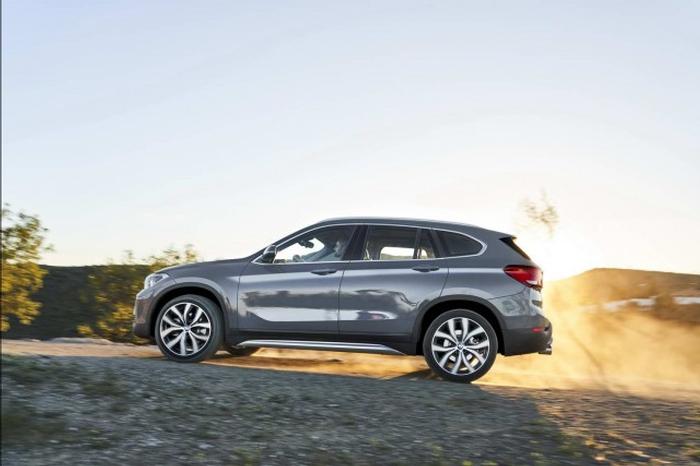2016 - 2022 BMW X1 SUV Review

Buyer's guide to the BMW X1 Mk2: 2016 - 2022
Review
Following on from the original BMW X1, the second-generation model abandoned that car's crossover looks in favour of a far more SUV-like appearance when it arrived in 2016. The model used the in-house BMW codename F48, while under the skin it shared its platform and running gear with the 1 Series hatchback and 2 Series Active Tourer, as well as MINI's Countryman and Clubman.
The X1's mix of upmarket quality, decent space and entertaining driving dynamics meant it was a popular model, so there are plenty of used examples about. If you're looking at the X1, then you might also like to consider the BMW X2, since it's the same under the skin and almost as roomy inside but with an arguably sportier exterior look, while the MINI Countryman offers its own unique style. Beyond the BMW Group, there are premium rivals such as the Audi Q2 or Q3, the Mercedes GLA or even the Range Rover Evoque.
What's it like?
The arrival of the second-generation BMW X1 saw it grow in size to be almost as large as the X3, but it was far more efficient, thanks to its newer running gear that was based around a front-wheel-drive layout, rather than rear-drive, which also created more passenger and cargo space inside.
Engine options were broad, with cars badged sDrive or xDrive to signify if they were front- or four-wheel drive, respectively. The sDrive18i used a 141hp 1.5-litre three-cylinder turbocharged petrol engine, while the sDrive20i/xDrive20i featured a 189hp turbocharged four-cylinder. The xDrive25i used the same engine but produced up to 228hp.
Diesels included an sDrive16d with a 114hp 1.5-litre three-cylinder, while the sDrive18d, sDrive20d and xDrive25d used a 2.0-litre four-cylinder with 148hp, 188hp and 228hp, respectively. These models offer good long-distance economy, but for short urban trips, there's also the xDrive25e on offer. This was the plug-in hybrid model, which featured the sDrive18i's three-cylinder petrol engine paired with a 9.7kWh battery and an electric motor for a total of 225hp, plus an official all-electric range of 35 miles.
Which model to go for?
Diesel power is most common for used X1s, and these make a lot of sense thanks to their fuel efficiency for longer journeys. If you do lots of short trips, then the xDrive25e is worth seeking out, although expect to pay a premium for this version. The petrol models are the scarcest of all and only really an option if you want to avoid diesel.
Sport and xLine trims are decently equipped for the price, while the SE is lower spec but might be more comfortable with its smaller wheels. If you want the sharpest looking X1, then the M Sport is the top choice, although it does have a firm ride when compared with other versions in the line-up.
A manual gearbox might appeal if you appreciate BMW's reputation for building sporty cars, but automatic X1s outnumber manuals by around two-to-one, and auto was the only option on some higher-spec versions, too.
Does anything go wrong?
There are reports that some cars can suffer from coolant leaks due to poor design of the system's seals, while cracked engine mounts aren't unknown. Recalls for the X1 include an electrical issue on the hybrid model, plus bulletins covering certain vehicles with steering, airbag, gearbox, bodywork and suspension issues. In general it’s quite a robust car, though.



